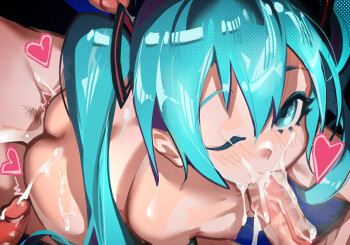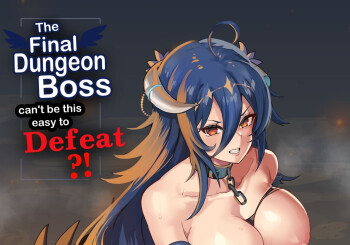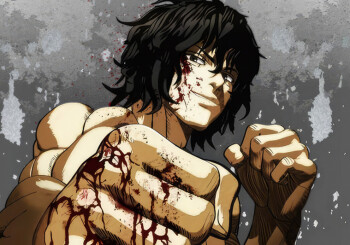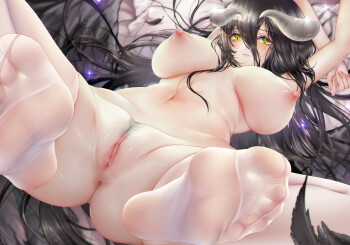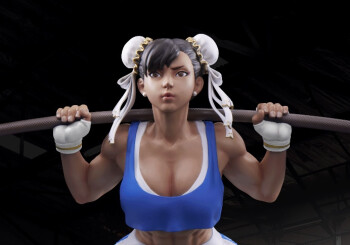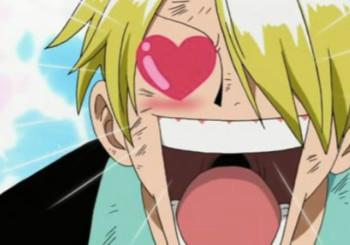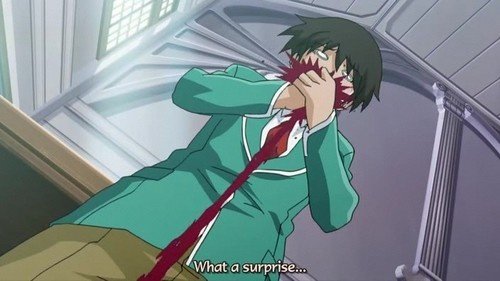
When Did All This Start?
Have you ever wondered on the origins of our favorite private hobby? By now, most of us know of the famous work of art known as The Dream of the Fisherman's Wife, a painting depicting a woman being taken by two octopi. It was painted in 1814 by the famous artist Hokusai. To us, it falls in the tentacle porn genre. Back then, it fell in the 'shunga' category of the ukiyo-e genre, or woodblock prints and paintings. The sordid history of hentai begins a few hundred years ago with the advent of shunga and the many forms it took, and the trials and triumphs of the artists who enjoyed the female form.
 (The Dream of the Fisherman's Wife by Hokusai)
(The Dream of the Fisherman's Wife by Hokusai)
Shunga, the term for erotic art in general, has been around since the Heian period of Japan. Around then, erotic arts came in scroll form for the noble classes. They commonly depicted members of nobility in scandalous acts, typically with monks.
Shunga was influenced by Chinese medical manuals during the Muromachi era. Zhou Fang, who lived during the Tang dynasty, was also influential to the development of what we now call erotic manga. This man, like many others, tended to exaggerate the size of genitals. Truly, he was a predecessor for the likes of Bosshi and Tosh.
Things hit a new height during the Edo period when ukiyo-e works were made. There was a lot more shunga to go around back then. The quality and quantity went up quite a bit. Koushokubon were also made around then. In english, it means "lewdness books". Dear readers, we have the ancestor of hentai manga.
From the 16th to the 19th century, shunga was suppressed by shoguns. In 1661, the Tokugawa shogunate tried to use edicts to suppress this, as well as anything criticising the daimyos or samurai. So, it may have worked to suppress critical speech, but shunga was more or less unaffected.
Full-color printing, or nishiki-e, developed around 1765, but many shunga prints predate this. In earlier works, color was added to monochrome prints by hand. 1744 benizuri-e allowed the production of prints of limited colors. Even after 1765, many shunga prints were produced using older methods. In some cases this was to keep the cost low, but in many cases this was a matter of taste. Even now, people still color in black and white hentai manga and doujins.
What do the readers think? Does color really matter in doujin? Or is it just something interesting to see?
Now let's step into the modern age. The art styles made during the Showa and Heisei (present) periods influenced modern hentai. Censorship continued more successfully in 1907 with Article 175 of the Criminal Code of Japan. However, let us thank them for that act. You see, this article forbid artworks showing intercourse between a man and woman and pubic hair, and had to minimize anatomical detail. In an unusual twist, showing bare genitalia was considered fine. However, to get around all this, Toshio Maeda created tentacle sex in the year 1986. It wasn't a man, much less a human, taking a woman, so it was a fine loophole to exploit. This started the trend of non-humans going after women, with things like robots, monsters, demons, aliens and the like. Some of our best works wouldn't be possible without Maeda finding a work-around of the law. Thanks to his efforts, his work known as Urotsukidōji reached the western world, the first hentai OVA to reach American shores.
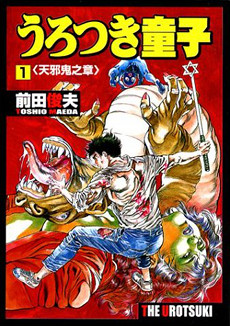
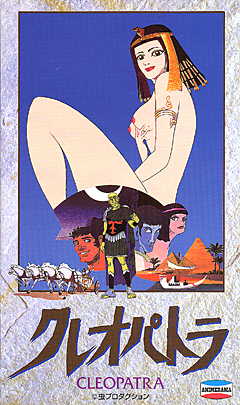

Two of the earliest works that can be defined as hentai are as follows: A Thousand and One Nights, made in 1969 and Cleopatra, made in 1970. Both were made by Osamu Tezuka. You might recognize that name as Astro Boy's creator.
What can be given a firm hentai title is known as Lolita Anime, made in February 1984 - 1985. This falls into the yuri, BDSM, and lolicon genres. As the title implies, it also heavily features lolicon, underage sex and even rape. As such, the reviews were less than positive at the time.
While Cream Lemon is not the oldest hentai OVA, as it was first released in August 1984, it does bear mentioning. Numerous OVAs were made over the years. The most recent one was released in 2006 and titled Cream Lemon New Generation. It should be noted that Project A-ko was meant to be another chapter in the extensive series, but it was spun off as a mainstream title instead. Few hentai works have such staying power that new chapters are made decades after the initial print.
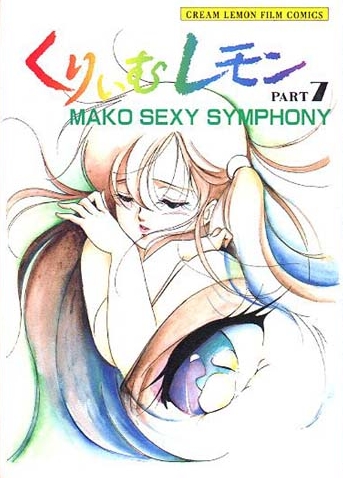

The first eroge, an erotic game showing erotic scenes and coming from Japan, will be Koei's 1982 title Night Life. It was meant to be more or less a how-to guide of having a good marriage. ELF's 1992 Dokyusei would be the first dating sim. Leaf got started on visual novels with Shizuku and Kizuato in 1996 as part of their Leaf Visual Novel Series. The final installment of that series is called To Heart, and was released in 1997. To Heart went on to spawn numerous adaptations, including anime, manga, audio CDs and books. The anime sequel, To Heart 2, aired the final episode in June 25, 2012.
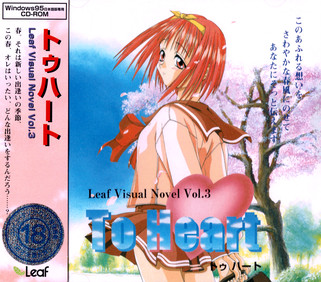
As can be noted, readers, where there is a will, there is a way. Creators will get around censorship, and hentai will continue to evolve and thrive. There are even specialty stores full of erotic works.
While it would have been unthinkable in the past, games like Gal*Gun, a game where a male protagonist can shoot aroused school girls, can be found on a major console. While it's not outright hentai, it's still ecchi, and still quite fun and enjoyable. Maybe a day will come where we can play hentai games on a major console.
So, dear readers, did you enjoy this walk through history? Did you find any new titles you'd like to look through? Do you have any classic titles you feel people would enjoy? Let us know in the comments below!


